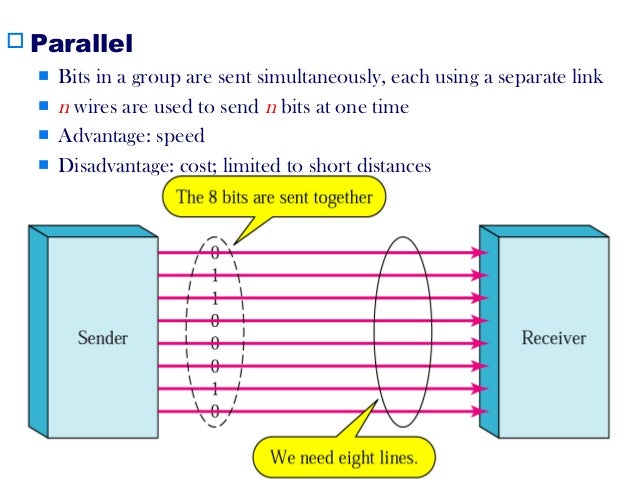Transmit 4 Serial No
The Serial Programming Guide for POSIX Operating Systems will teach you how to successfully, efficiently, and portably program the serial ports on your UNIX® workstation or PC.
Can someone please show me a full python sample code that uses pyserial, i have the package and am wondering how to send the AT commands and read them back!
Willi Mentzelclosed as off-topic by Drew, miken32, Machavity, doelleri, CerebralFartOct 24 '16 at 17:51
This question appears to be off-topic. The users who voted to close gave this specific reason:
- 'Questions asking us to recommend or find a book, tool, software library, tutorial or other off-site resource are off-topic for Stack Overflow as they tend to attract opinionated answers and spam. Instead, describe the problem and what has been done so far to solve it.' – Drew, miken32, Machavity, doelleri, CerebralFart
4 Answers
FramesterFramesteruse https://pythonhosted.org/pyserial/ for more examples
VatevI have not used pyserial but based on the API documentation at https://pyserial.readthedocs.io/en/latest/shortintro.html it seems like a very nice interface. It might be worth double-checking the specification for AT commands of the device/radio/whatever you are dealing with.
Specifically, some require some period of silence before and/or after the AT command for it to enter into command mode. I have encountered some which do not like reads of the response without some delay first.
Paul OsbornePaul OsborneNot the answer you're looking for? Browse other questions tagged pythonmodempyserial or ask your own question.
Library
Simulink Support Package for Arduino® Hardware
Description
Send buffered data to the specified serial port. For more information, see Use Serial Communications with Arduino Hardware.
The Arduino Uno hardware has one serial port device, serial port 0, connected to the digital pins marked TX 1 and RX 0. If you set the Port number parameter to 0, this block transmits over the digital pin marked TX 1.
The block input accepts vector or scalar data of datatypes, uint8, int8, uint16, int16, uint32, int32, double, single, or boolean.
During simulations without the hardware, this block does nothing.

If you use this block in models with the Standard Servo Read, Standard Servo Write, and Continuous Servo Write blocks, use longer sample times to avoid overruns.
Warning
Do not connect the serial port pins to an RS-232 serial interface, such as the DE-9M connector on a computer, without limiting the voltage. The RS-232 standard allows higher voltages that can damage your hardware. For details, read the documentation for your Arduino hardware.
Note
The double datatype occupies 8 bytes (64 bit) on the Arduino Due board and it occupies 4 bytes (32 bit) on the other Arduino boards.
Parameters
Enter the number of the serial port.
Click View pin map to open the Arduino Pin Mapping table.
To know about the fixed ports and the allocated pins for the block, see Pin Mapping on Arduino Blocks.
Transmit 4 Free Serial Number
You can assign a Serial Transmit block and a Serial Receive block to the same serial port.
Do not assign multiple Serial Transmit blocks to the same serial port.
Do not assign the pin numbers used by the serial port to other blocks within the model.
Serial port 0 is connected to the USB port through a converter. Do not use both serial port 0 and the USB port at the same time. For example, do not use serial port 0 if you intend to use External mode, because External mode requires the USB port.
Select the mode in which you want to send the data.
Select write option to write the raw data to the serial port.
Select print option to print the formatted data to the serial port as ASCII text.
Select println option to print the formatted data to the serial port as ASCII text followed by a carriage return character 'r'( ASCII 13) and a newline character 'n'(ASCII 10).
Enter the label/header text for the data that you want to print.
Select the format in which you want to print the data. You can select the Decimal, Hexadecimal,Binary, or the Octal option for data to print. Decimal is the default option.
Enter the precision value for the Decimal data format. 2 is the default option.
This parameter is available only when you select Decimal option in Format parameter.
See Also
Install Support for Arduino HardwareSerial ReceiveUse Serial Communications with Arduino Hardware